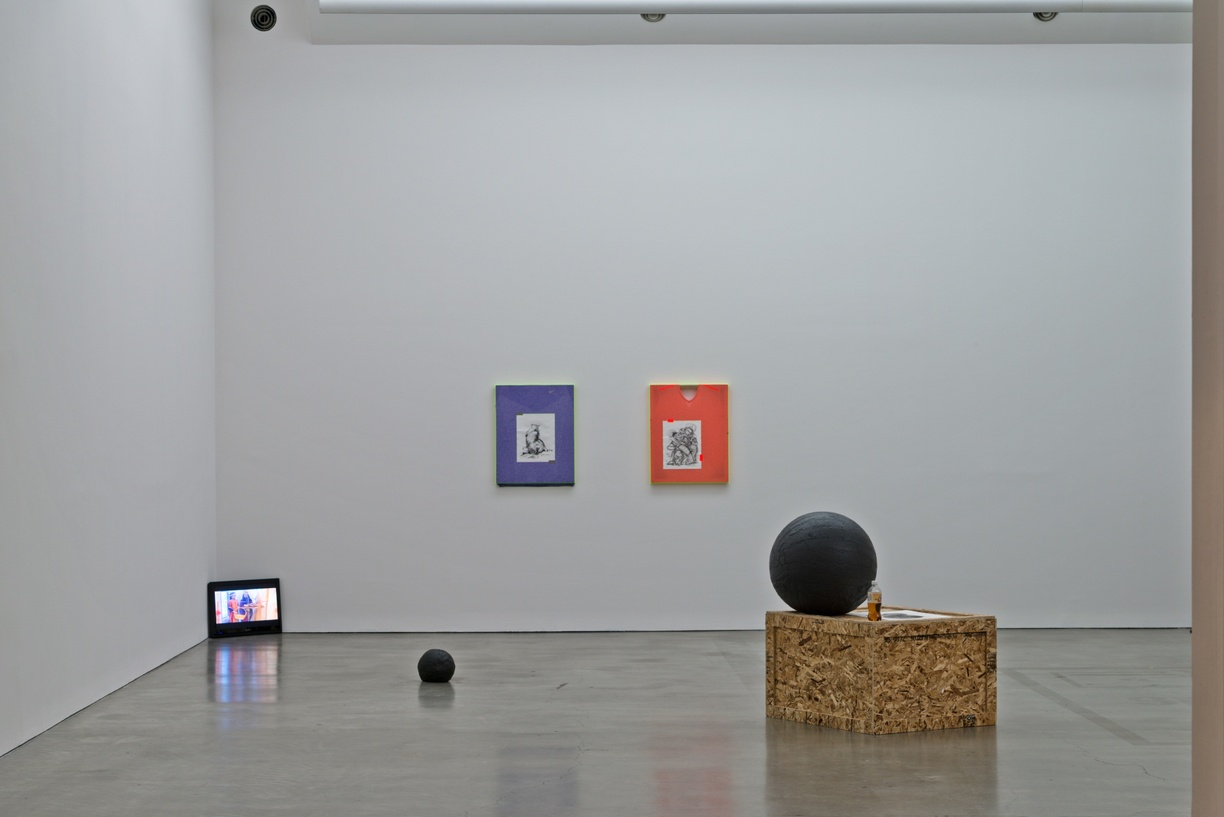
The Center for Curatorial Studies presents thirteen exhibitions and projects curated by second-year students in its graduate program in curatorial studies and contemporary art. The students have organized these exhibition and projects as part of the requirements for the master of arts degree.
The concept of deviance credits, developed by Ira Shor as part of a strategy for empowering educators, argues for “one foot firmly planted in the institution so that the other foot can deviate from the norm.” It proposes an essential hinge between a full investment in an institution and an opening of space for challenging or critical practices. The thesis projects organized by the CCS Bard class of 2014 are wide-ranging in their investments, but linked by a similar kind of negotiation with notions of institution in support of individual and collective commitments.
Student-curated exhibitions at CCS Bard are made possible with support from the Rebecca and Martin Eisenberg Student Exhibition Fund; the Mitzi and Warren Eisenberg Family Foundation; the Audrey and Sydney Irmas Charitable Foundation; the Robert Mapplethorpe Foundation; the Board of Governors of the Center for Curatorial Studies; and by the Center’s Patrons, Supporters, and Friends.








By accelerating networked capital, Dark Velocity1 mobilizes contemporary art’s essential processes of valuation and distribution not as external predatory forces that invade art’s autonomy but as resources for actively negotiating agency.
1 Courtesy of Gean Moreno




